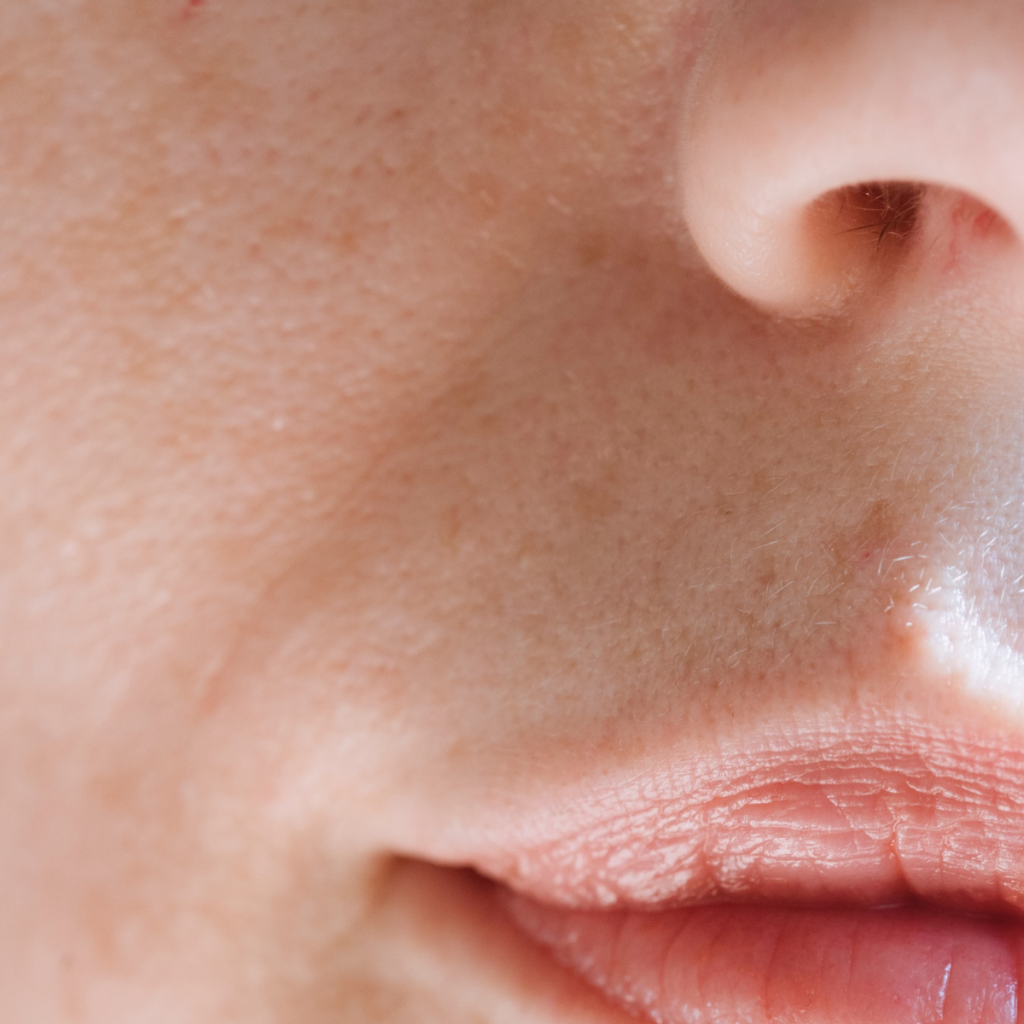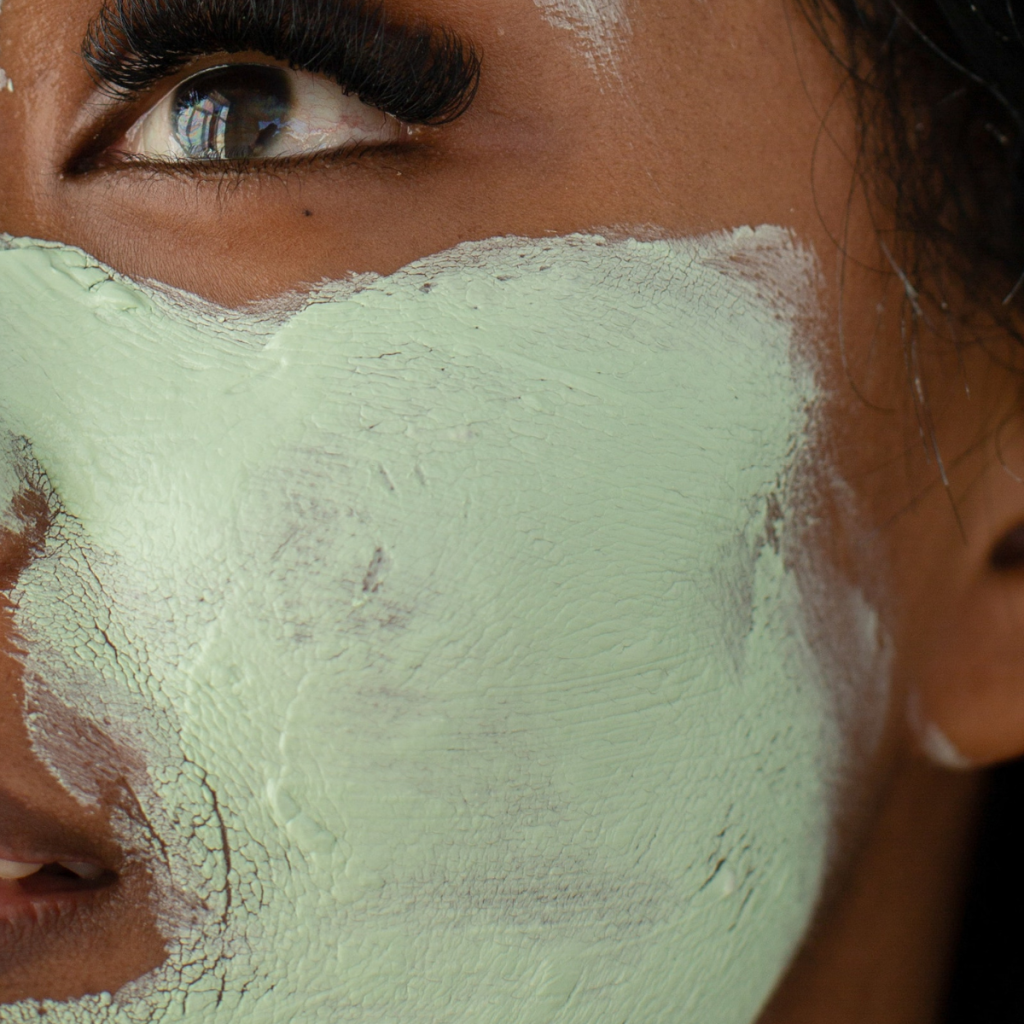Discover effective techniques and remedies to reduce redness and inflammation on your face.
How to Reduce Redness and Inflammation on Your Face
Facial redness and inflammation can be a real confidence killer. Whether it’s from acne, rosacea, or just those pesky allergies that flare up at the worst times, dealing with a red and inflamed face can make you want to hide under a paper bag. But fear not! There are ways to conquer the redness and keep inflammation at bay, so you can feel confident and fabulous in your own skin. Let’s dive in and explore how you can reduce redness and inflammation on your face.
Understanding Facial Redness and Inflammation

Before we start treating the problem, it’s essential to understand what causes facial redness and inflammation in the first place. Several factors can contribute to this pesky issue, such as:
-
Causes of Facial Redness and Inflammation
Allergies, sunburn, acne, rosacea, and even hormonal changes can lead to redness and inflammation on your face. It’s like a carnival of troublemakers wreaking havoc on your complexion. Let’s take a closer look at each of these culprits:
Allergies
Allergies can cause your immune system to overreact to certain substances, leading to facial redness and inflammation. Common allergens include pollen, pet dander, and certain foods. Identifying and avoiding these triggers can help alleviate the symptoms.
Sunburn
Excessive sun exposure can damage your skin, resulting in redness and inflammation. UV rays from the sun can penetrate the skin, causing burns and triggering an inflammatory response. Applying sunscreen and wearing protective clothing can help prevent sunburn and reduce facial redness.
Acne
Acne is a common skin condition characterized by the presence of pimples, blackheads, and whiteheads. Inflamed acne lesions can cause facial redness and swelling. Proper skincare, including gentle cleansing and the use of acne-fighting ingredients, can help manage acne-related redness.
Rosacea
Rosacea is a chronic skin condition that primarily affects the face. It is characterized by persistent redness, visible blood vessels, and sometimes, pustules. While the exact cause of rosacea is unknown, triggers such as spicy foods, alcohol, and stress can exacerbate symptoms. Treatment options for rosacea include topical medications and laser therapy.
Hormonal Changes
Hormonal fluctuations, particularly during puberty, pregnancy, and menopause, can contribute to facial redness and inflammation. Changes in hormone levels can affect the blood vessels in the skin, leading to increased redness. Balancing hormone levels through medication or lifestyle changes can help manage these symptoms.
With these various causes in mind, it’s important to address the underlying issue to effectively treat facial redness and inflammation.
-
How Inflammation Affects Your Skin
Inflammation isn’t just an annoyance; it can also wreak havoc on your skin’s health. It can make your face feel hot and uncomfortable, cause dryness and flakiness, and even lead to premature aging. Let’s delve deeper into the effects of inflammation on your skin:
Skin Sensations
When your skin is inflamed, it may feel warm, tender, or even painful to the touch. This discomfort can be a constant reminder of the underlying issue, urging you to find a solution to calm the inflammation.
Dryness and Flakiness
Inflammation can disrupt the skin’s natural moisture barrier, leading to dryness and flakiness. This can make your skin appear dull and rough. Replenishing moisture through hydrating skincare products can help restore your skin’s suppleness.
Premature Aging
Chronic inflammation can accelerate the aging process, causing fine lines, wrinkles, and sagging skin. The constant release of inflammatory mediators can break down collagen and elastin, which are essential for maintaining skin elasticity. Protecting your skin from inflammation can help preserve its youthful appearance.
Understanding how inflammation affects your skin can motivate you to take proactive steps in managing and preventing facial redness and inflammation. By addressing the root causes and adopting a comprehensive skincare routine, you can achieve a calmer, healthier complexion.
Lifestyle Changes to Reduce Redness and Inflammation
Now that we know what we’re up against, let’s delve into some lifestyle changes that can help reduce redness and inflammation:
-
Importance of a Balanced Diet
They say, “you are what you eat,” and your skin couldn’t agree more. A diet rich in antioxidants, omega-3 fatty acids, and vitamins can help calm the flames of inflammation and bring balance back to your face.
When it comes to antioxidants, think of colorful fruits and vegetables like blueberries, spinach, and bell peppers. These vibrant foods are packed with nutrients that can help fight off free radicals and protect your skin from oxidative stress.
Incorporating omega-3 fatty acids into your diet is also crucial for reducing redness and inflammation. Foods like salmon, walnuts, and chia seeds are excellent sources of these essential fats. They help nourish your skin from the inside out, promoting a healthy and radiant complexion.
Lastly, don’t forget about the power of vitamins. Vitamin C, in particular, is known for its anti-inflammatory properties. Citrus fruits, strawberries, and leafy greens are fantastic sources of vitamin C, so make sure to include them in your meals.
-
The Role of Hydration
Dehydrated skin is like a thirsty desert that’s just begging for trouble. Keeping your skin hydrated not only helps reduce inflammation but also gives you that healthy, plump, and dewy glow. Water is your skin’s best friend, so keep those H2O levels high!
In addition to drinking an adequate amount of water, you can also boost your skin’s hydration through topical treatments. Look for moisturizers and serums that contain hyaluronic acid, a powerful humectant that attracts and retains moisture in the skin. Hyaluronic acid works like a magnet, pulling in water molecules and providing long-lasting hydration.
Another way to keep your skin hydrated is by incorporating hydrating face masks into your skincare routine. These masks are formulated with ingredients like aloe vera, cucumber, and honey, which have soothing and moisturizing properties. They can help reduce redness and inflammation while giving your skin a revitalizing boost.
-
Impact of Stress on Skin Health
Stress, oh stress! The arch-nemesis of a clear complexion. When you’re stressed, your body releases cortisol, which can trigger inflammation and breakouts. Finding healthy ways to manage stress, like yoga, meditation, or indulging in a good old belly laugh, can work wonders for your skin. Goodbye, stress! We’re breaking up with you for good.
Yoga, in particular, is known for its ability to reduce stress and promote relaxation. The combination of gentle movements, deep breathing, and mindfulness can help lower cortisol levels and improve overall well-being. As a result, your skin will thank you, as it will be less prone to redness and inflammation.
Meditation is another powerful tool for managing stress and improving skin health. Taking a few minutes each day to quiet your mind and focus on the present moment can have a profound impact on your overall stress levels. By reducing stress, you’ll be supporting your skin’s natural healing processes and maintaining a more balanced complexion.
Lastly, never underestimate the power of laughter. Laughing not only feels good but also releases endorphins, which are known as the “feel-good” hormones. These endorphins can help counteract the negative effects of stress on your skin, leaving you with a brighter and more radiant appearance.
Skincare Routine to Combat Redness and Inflammation

Now it’s time to build the ultimate skincare routine for battling redness and inflammation:
-
Choosing the Right Skincare Products
When it comes to soothing your skin, not all products are created equal. Look for gentle, fragrance-free, and hypoallergenic products that are specifically formulated for sensitive skin. They’ll be your knights in shining armor against redness and inflammation.
But let’s dive deeper into the world of skincare products. Did you know that certain ingredients can work wonders for calming redness and inflammation? Look for products that contain ingredients like green tea extract, which has anti-inflammatory properties, or niacinamide, which can help strengthen the skin barrier and reduce redness. These powerful ingredients will give your skincare routine an extra boost in fighting against skin irritations.
Furthermore, it’s important to pay attention to the order in which you apply your skincare products. Start with a gentle cleanser to remove any impurities, followed by a toner to balance your skin’s pH levels. Then, apply a serum with active ingredients that target redness and inflammation. Finally, seal it all in with a moisturizer to keep your skin hydrated throughout the day.
-
Importance of Regular Exfoliation
Exfoliation is like giving your skin a refreshing spa day. It helps remove dead skin cells, unclog pores, and reduce redness. But remember, moderation is key! Over-exfoliating can do more harm than good, so stick to a once or twice a week schedule.
Now, let’s talk about the different types of exfoliation. There are physical exfoliants, such as scrubs or brushes, which manually remove dead skin cells. These can be effective, but be gentle with your skin to avoid irritation. On the other hand, there are chemical exfoliants, like alpha-hydroxy acids (AHAs) or beta-hydroxy acids (BHAs), which work by dissolving the bonds between dead skin cells. These chemical exfoliants can be a great option for sensitive skin, as they are typically milder and less abrasive.
Remember to always follow up exfoliation with a soothing and hydrating moisturizer to replenish your skin’s moisture barrier. This will help maintain a healthy balance and prevent further redness and inflammation.
-
The Role of Moisturizing
Moisturizing isn’t just a fancy word; it’s the secret weapon in your fight against redness and inflammation. Opt for moisturizers with soothing ingredients like aloe vera or chamomile, and apply it gently to lock in moisture and keep your skin looking radiant.
But did you know that there are different types of moisturizers? For instance, there are creams, lotions, and gels, each with their own unique texture and benefits. Creams tend to be thicker and provide more hydration, making them ideal for dry or mature skin. Lotions are lighter and absorb quickly, making them suitable for normal to oily skin. Gels have a lightweight consistency and are often preferred by those with acne-prone or combination skin.
When applying moisturizer, don’t forget to extend it to your neck and décolletage area. These areas are often overlooked but can also experience redness and inflammation. By including them in your skincare routine, you’ll ensure a more comprehensive approach to combating skin irritations.
Medical Treatments for Facial Redness and Inflammation
If you’ve tried all the lifestyle changes and skincare routine tips but still find yourself battling redness and inflammation, it might be time to seek some medical treatments:
-
Over-the-Counter Solutions
There are plenty of over-the-counter products that can help calm your fiery face. Look for ingredients like green tea extract, licorice root extract, or niacinamide, which have anti-inflammatory properties and can provide relief.
-
Prescription Treatments
If your redness and inflammation are more stubborn, it might be worth talking to a dermatologist. They can prescribe topical creams, gels, or even oral medications that can target and tackle the underlying causes of your redness and inflammation.
-
Laser Therapy and Other Procedures
In extreme cases, where all else fails, laser therapy or other procedures, like intense pulsed light (IPL) or chemical peels, can be considered. These treatments can help reduce redness and improve overall skin tone, giving you the confidence boost you’ve been craving.
Now that you’re armed with the knowledge and tips to reduce redness and inflammation on your face, it’s time to put them into action. Remember, Rome wasn’t built in a day, and neither is a flawless complexion. Be patient, consistent, and kind to your skin – it’s the only one you’ve got. So go forth, conquer the redness, and embrace the beautiful, radiant you!





